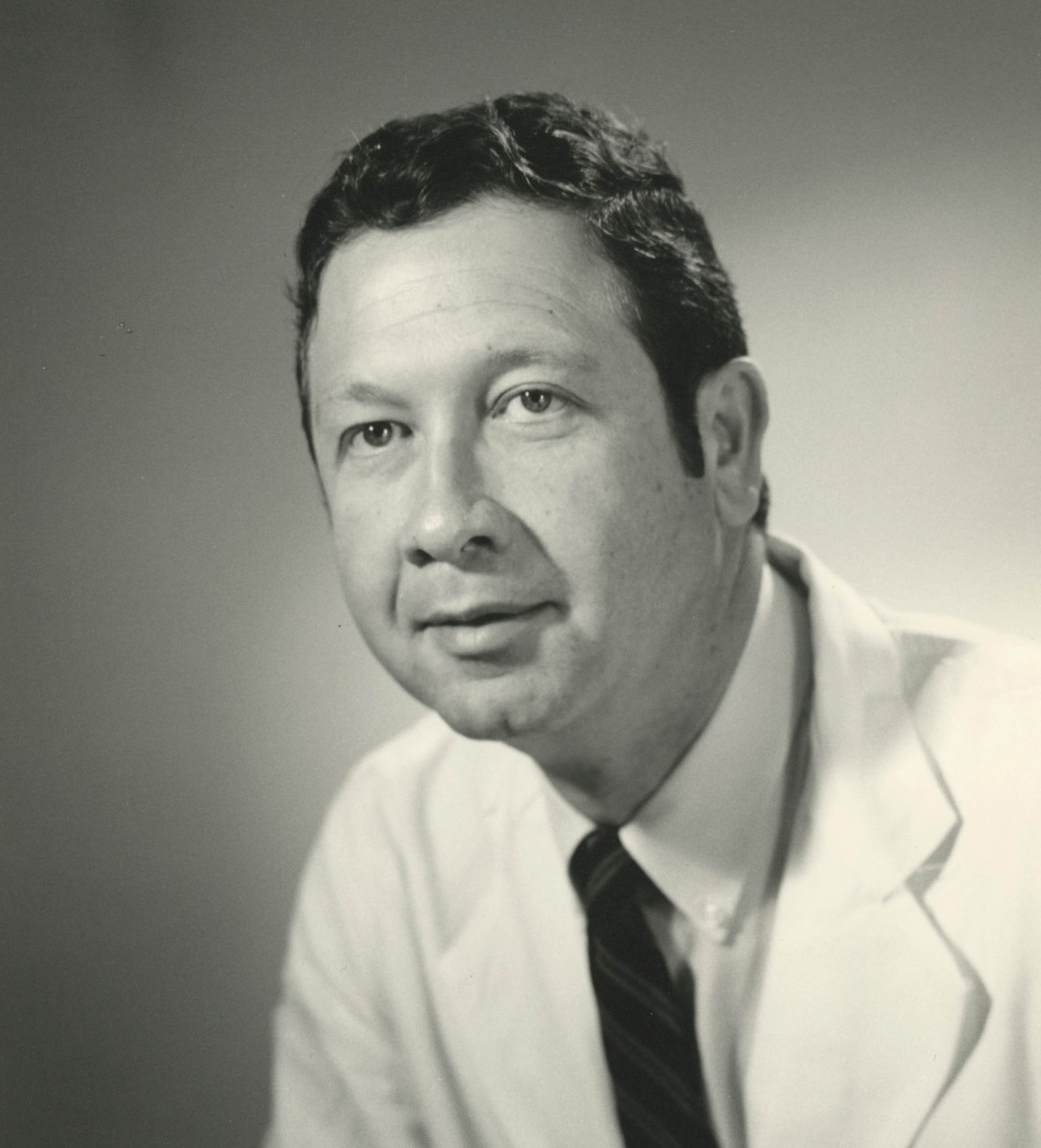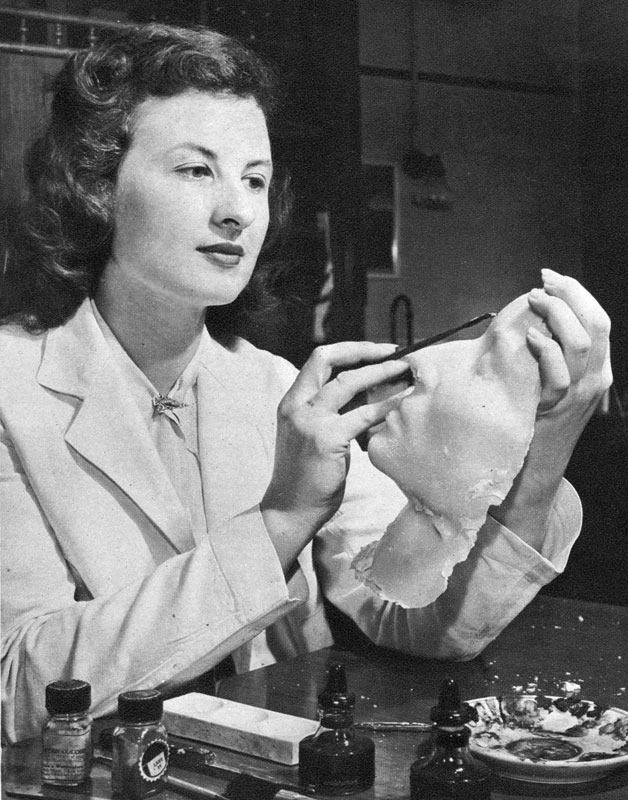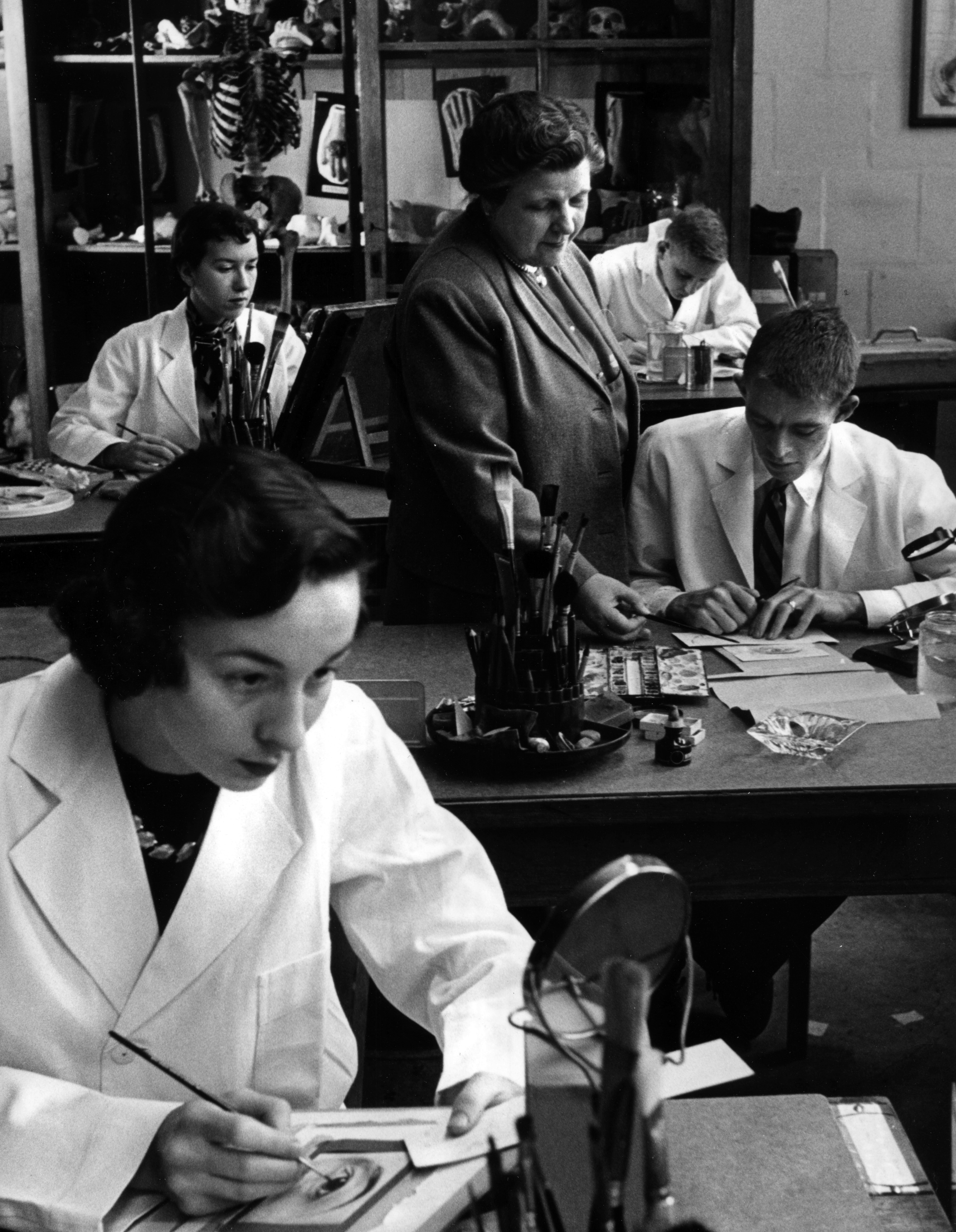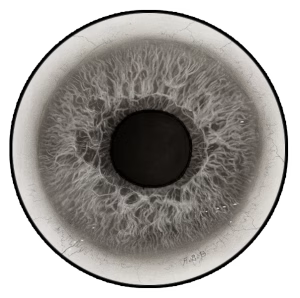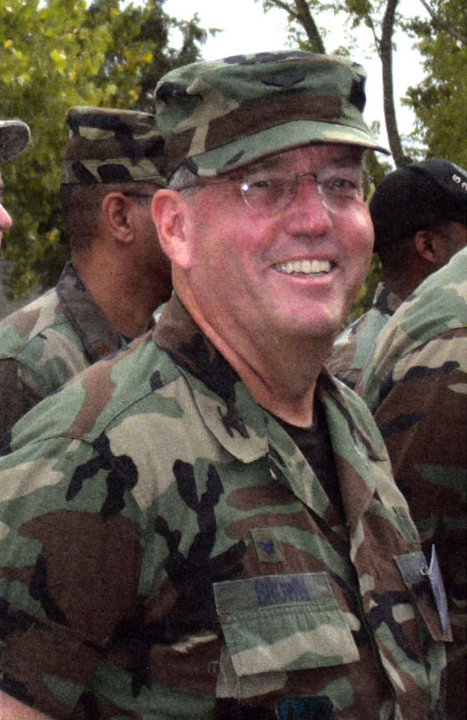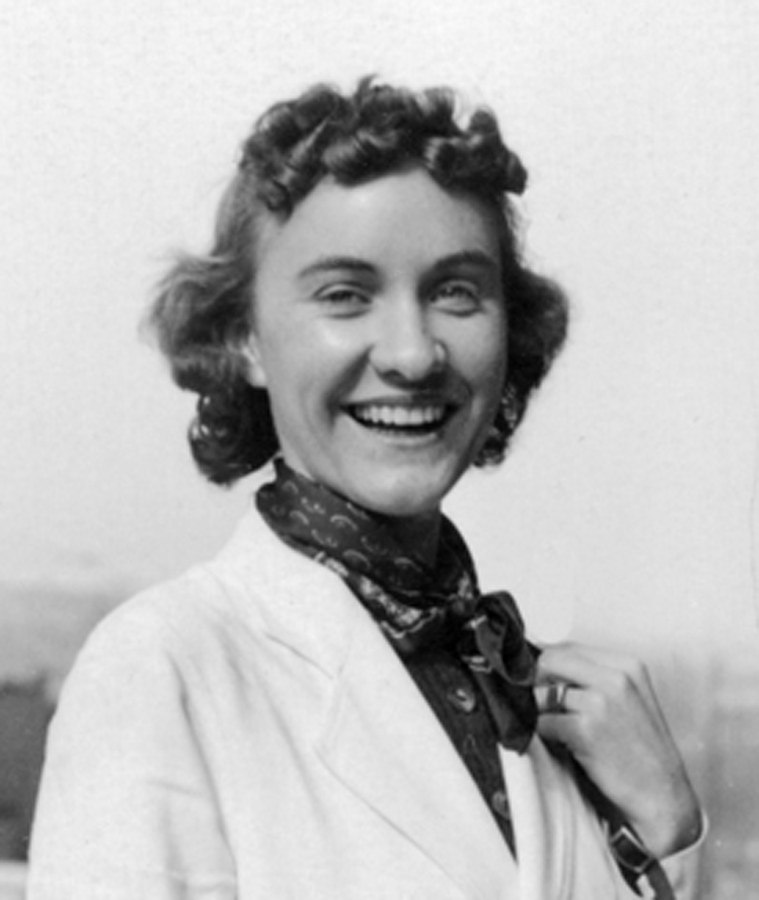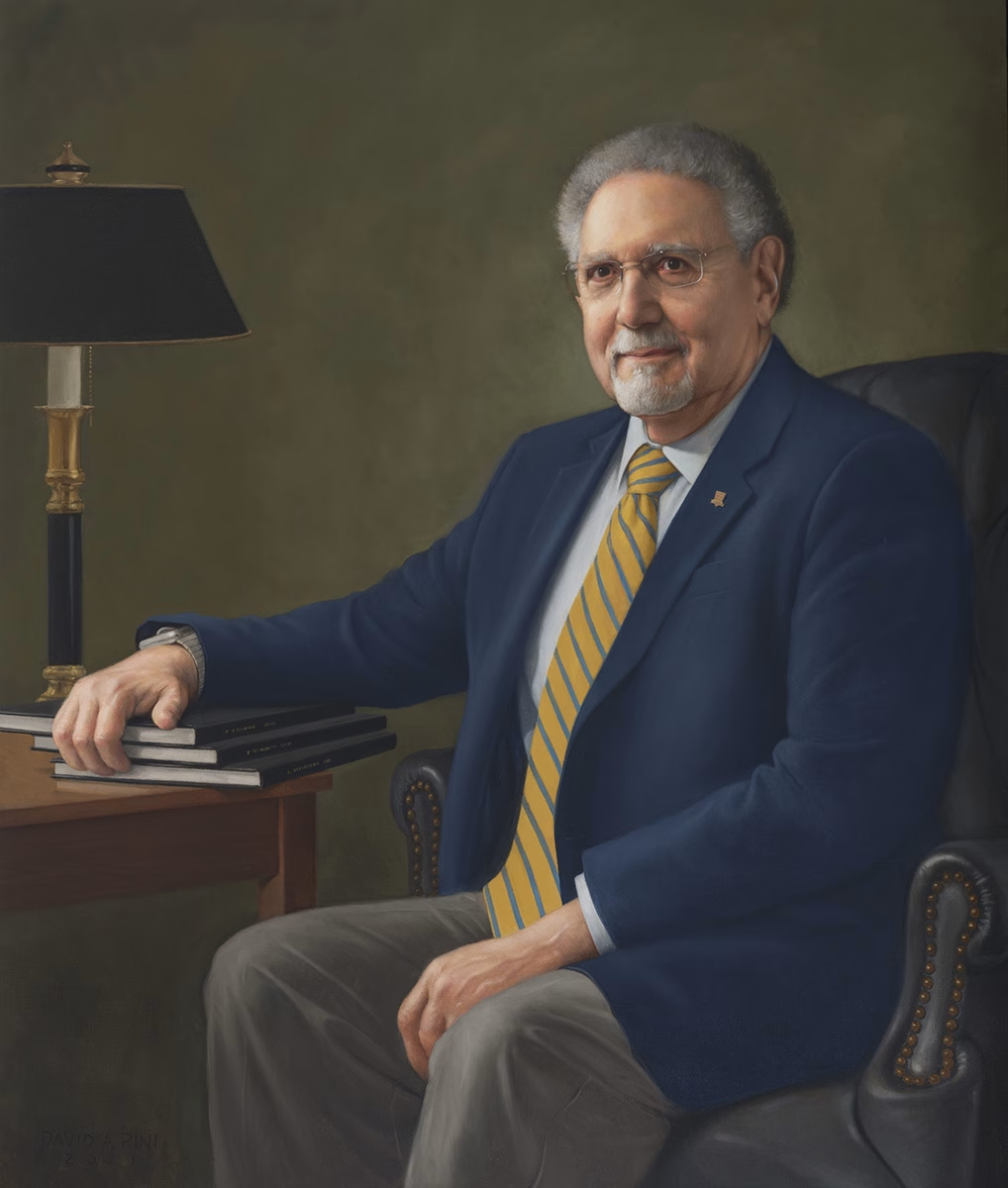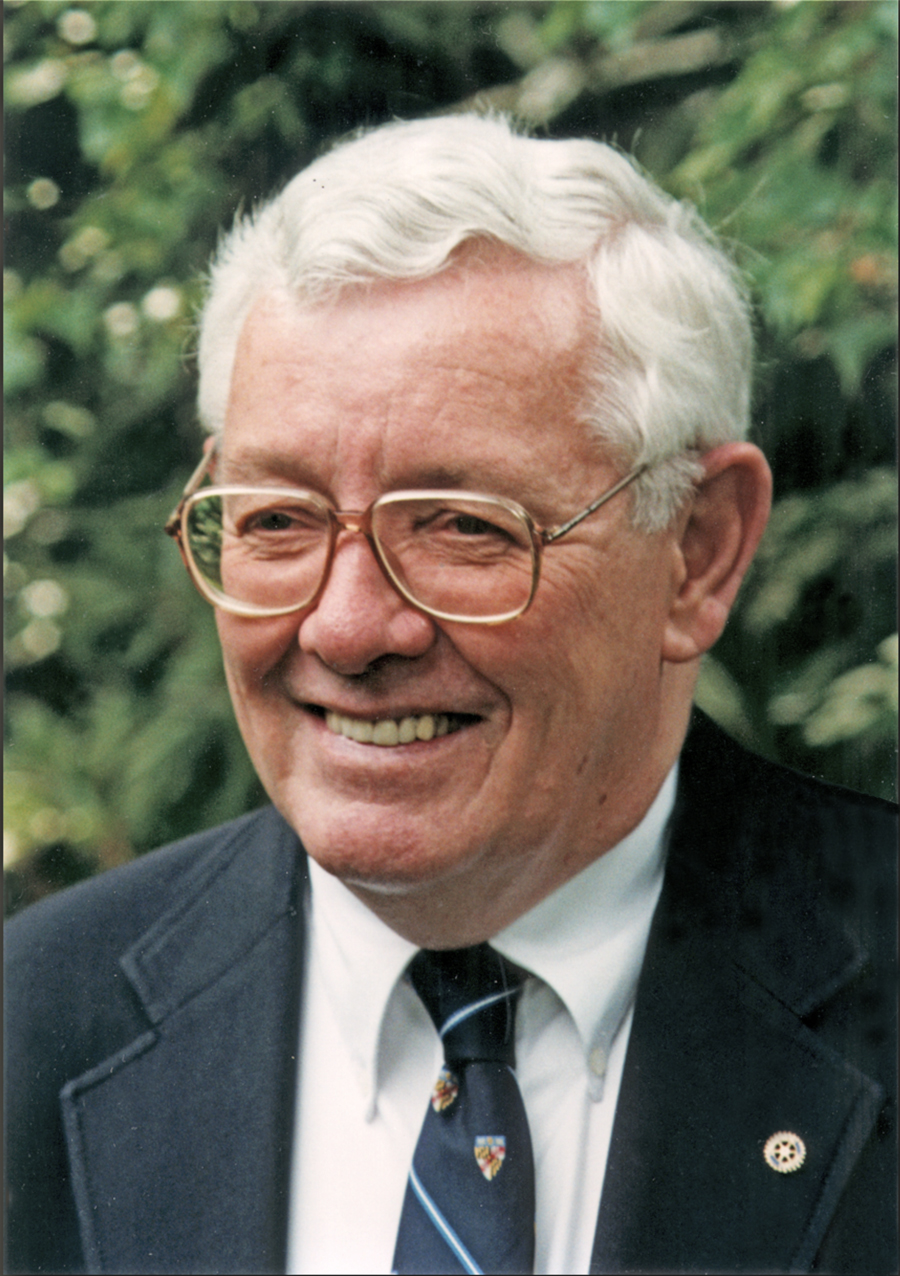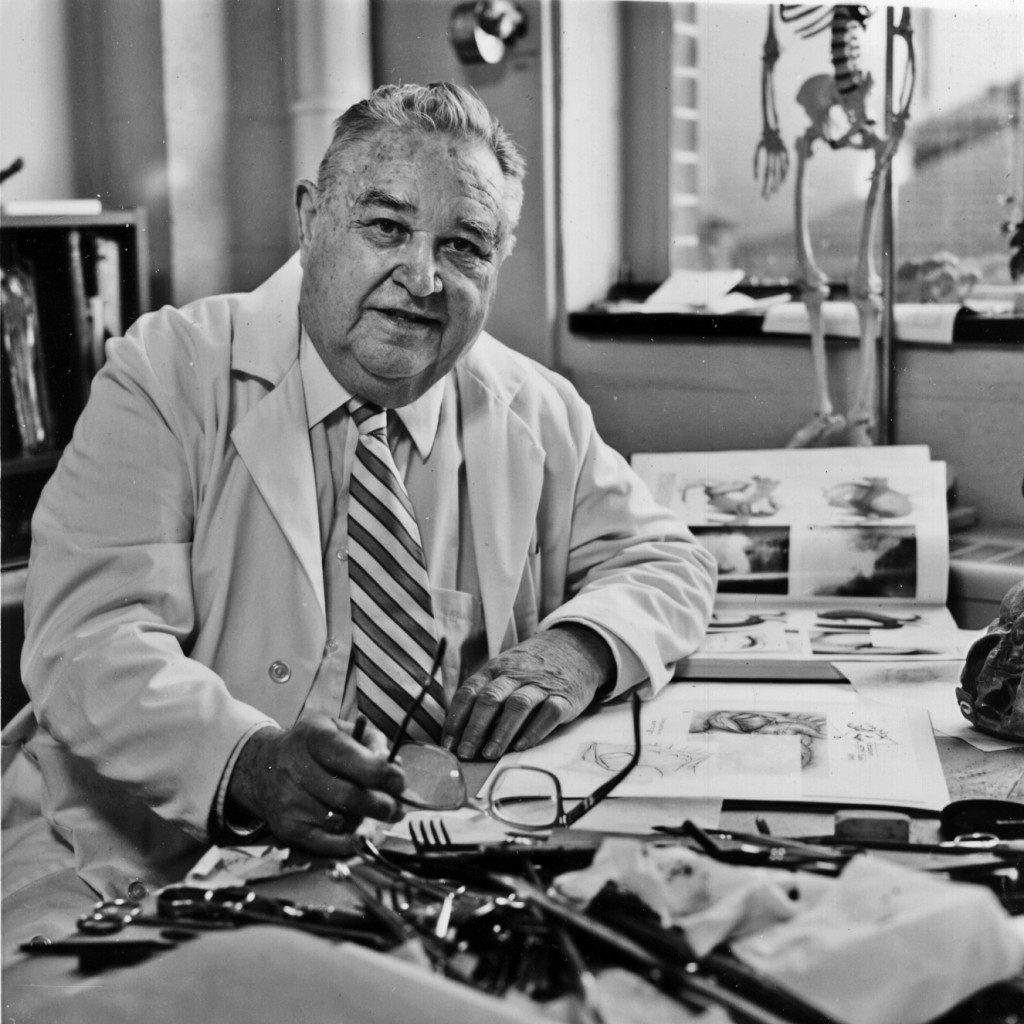Art as Applied to Medicine:
The First Program of its Kind…
At Johns Hopkins, medical illustration began with the arrival, in 1894, of Max Brödel, a young German artist from Leipzig, Germany. He had illustrated for Carl Ludwig in the famous Institute of Physiology at the University of Leipzig. There Brödel met American scientists who were studying under Ludwig. Later, one of these, anatomist Franklin P. Mall, urged young Brödel to join him at the new Johns Hopkins School of Medicine in Baltimore, Maryland.
Circumstances altered plans and upon arrival in Baltimore Brödel was quickly employed by Howard A. Kelly, Chief of Gynecology, as his illustrator for a two-volume textbook, Operative Gynecology. Other books followed, some with co-authors, on subjects as diverse as the vermiform appendix and diseases of the kidneys, ureters, and bladder. Aside from texts, journal articles, and monographs, Kelly and Brödel united in their efforts to advance the state of surgery and health care in America, especially in diseases of women. When time permitted, Brödel illustrated for other Hopkins physicians and surgeons, expanding his knowledge of anatomy, pathology, and physiology.
Medical illustration with all of its communication components and continually-evolving production technologies remains a vital discipline at JHMI. Faculty and students in this program are committed to continuing education in the medical sciences. We welcome the partnership with physicians, surgeons, and all other providers of medical and health care information to advance global medicine.
Our Centennial: Celebrating 100 Years
Art as Applied to Medicine, the first Department of its kind in the world, was endowed by Henry Walters in 1911 with Max Brödel as its first Director. This became the defining moment when the profession of Medical Illustration was established. Brödel arrived at Hopkins 17 years earlier in 1894 and from the beginning he realized that what he had embarked upon was something very new and different. In July of 2011 we presented a full day and evening of activities. We invite you to view the celebration of fellow medical illustrators, colleagues, friends and Hopkins alumns in a fun and informative reunion. Here at Hopkins we are on the dawn of exciting scientific, medical, and communication technologies but still teaching the “art” of our profession. Our one-day celebration not only takes a look at the historical past but address the advances along the way and try to project the future of the profession and the skills all of the graduate programs we will be teaching in the next 100 years.A catalog of A Century of Medical Illustration is now available as a print-on-demand book. This 358 page, hardbound, full-color catalog features the artwork of the Johns Hopkins Centennial Exhibition, celebrating 100 years of teaching excellence in medical illustration. It is available online at Blurb.com. Content was compiled by the Centennial Committee at Johns Hopkins and the book was designed by Zina Deretsky. No proceeds are being made on its sale.
Related Links:
- Purchase a Kidney Stone print.
- JHU Gazette, A Century of Medical Illustration
- Read about the exhibition on the JH Pathology Blog
- View photos taken at the Centennial Program and Evening Celebration…
- View a PDF of the Centennial Program.

